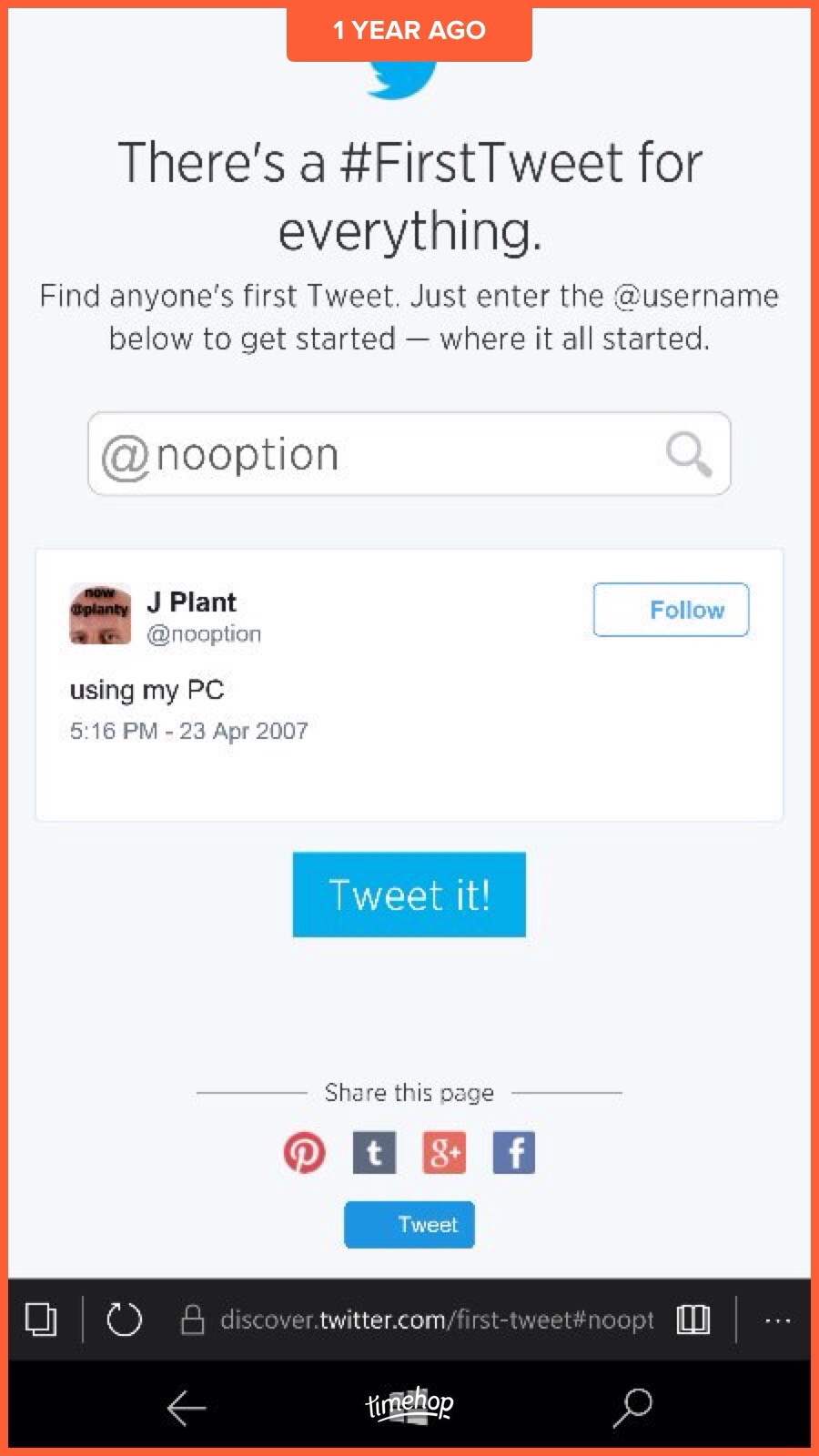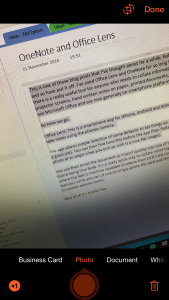Happy new year! And we thought 2018 would be different, in a nightmare that could be straight out Blofeld’s playbook IT departments around the world come back from a Christmas break to the same old same old, another set of security flaws to tackle!
I’m sure we’re all well aware of the new vulnerabilities found in the processors inside pretty much every device from the iPhone in your pocket, through the PC on your desk to the server in your data centre. Meltdown (specific to Intel) and Spectre (affecting Intel and AMD chips) are the latest bugs we need to race to mitigate before a wave of malware exploiting them appears. However this time it’s not that easy as the issue is in the hardware and not so it’s not just software that can be simply patched. So although it’s looking like a combination of BIOS/microcode updates, OS patches and software patches will mitigate the issues, the underlying hardware flaw will undoubtedly be with us for some time!
If you want to read about the ins and outs of the bugs then this page is a great place to start.
However in this post I wanted to pull out some specific articles and pointers on the likely impact on the desktop PC’s. Pretty much every article on the fixes indicate there will be a performance impact, whether negligible or not from a users perspective there will still be degradation. If you read the technical articles on what the patches are having to do to address the flaw there clearly has to be an affect.
First off let’s cover off the Intel chipset names, indicative years and example PC’s (I’m using Dell business models purely as an example). Just so there’s a reference for the subsequent articles.
| Intel generation | Intel name | Indicative year | Example Dell device |
| 1st | Nehalem | 2008/09 | |
| 2nd | Sandy bridge | 2011 | Latitude 6220 |
| 3rd | Ivy bridge | 2012/13 | |
| 4th | Haswell | 2013 | Latitude 6240 |
| 5th | Broadwell | 2014/15 | |
| 6th | Skylake | 2015/16 | |
| 7th | Kaby Lake | 2016/17 | Latitude 7270 |
| 8th | Kaby Lake R, Coffee Lake, Cannon Lake | 2018 |
There are a couple of articles that have been released by Microsoft and Intel giving an indication on the likely impact you’ll see.
The Microsoft article indicates if you’re running Skylake, Kabylake (ie end 2015 on) processors in your PCs and running Windows 10, then the impact should be pretty much unnoticeable to your users. BUT in reality I suspect a lot of law firms (and other large firms) unless they have recently refreshed will still be running some older kit, possibly 3rd to 5th generation and to be fair as far back as Sandy bridge will probably be still performing OKish. In the words of Microsoft “With Windows 8 and Windows 7 on older silicon (2015-era PCs with Haswell or older CPU), we expect most users to notice a decrease in system performance.”
The article from Intel plays out a similar story for 6th, 7th and 8th gen processors, in that users should not see an impact.
“Today we are sharing data on several 6th, 7th and 8th Generation Intel® Core™ processor platforms using Windows 10. We previously said that we expected our performance impact should not be significant for average computer users, and the data we are sharing today support that expectation on these platforms.”
They also have some tests on Windows 7 that show a similar result. Intel have not published details on the affect on pre-6th gen processors in the article.
Interestingly all the tests I’ve see seem to show that SSD’s are impacted much more than traditional mechanical HDD’s. Kind of ironic given we all moved to SSD’s to improve performance!
Some independent technology sites have produced more comprehensive tests for many different scenarios and broadly the results are similar to the above, on new processors there is a negligible impact on perceived performance. And that SSD’s seem to be affected more, but there is hope in this article that further updates could tune this performance.
It’ll be interesting over the coming days to see some real benchmarks against 2nd, 3rd, 4th and 5th generation processors. The additional challenge here of course here is that although you can patch meltdown with an OS patch, spectre requires some bios level mitigation, which therefore relies on the manufacturer releasing these for the older models (for example Dell has fixes back to some Ivy bridge models but none that I can see for Sandy bridge yet).
There is of course no choice really. We can’t not patch this issue, but in this case there is a risk of performance impact that we need to balance.
I won’t go into servers at the moment, but this tweet shows the challenges we may have here for some systems!
Very preliminary results of one #Citrix #XenApp application and the impact of #Meltdown. 20%-35% higher CPU utilization on ESXi HP G8 hosts. Gathering more data on Meltdown then applying #Spectre patches for VMWare then HP firmware.@ControlUp pic.twitter.com/TMUK7vH2Zy
— Trentent Tye (@TrententTye) January 10, 2018
So, if any legal supplier or legal IT team has bench-marked kit that has 2nd, 3rd, 4th and 5th generation processors in, it would be great if you could post results in the comments? After all the whole industry is in this one together and the sooner we can all get patched the better!!



